- Solar energy blog
- Why are renewables being blamed for energy blackouts?
Why are renewables being blamed for energy blackouts?


Laura Rodríguez
Territory Manager Oceania & Nordics
Laura is a renewable and software industry sales professional, currently working at RatedPower as Territory Manager Oceania & Nordics. With a background in International Business and International Trade, Laura previously worked in the business strategy area in various companies as well as as a market analyst for the Government of Spain in Australia.
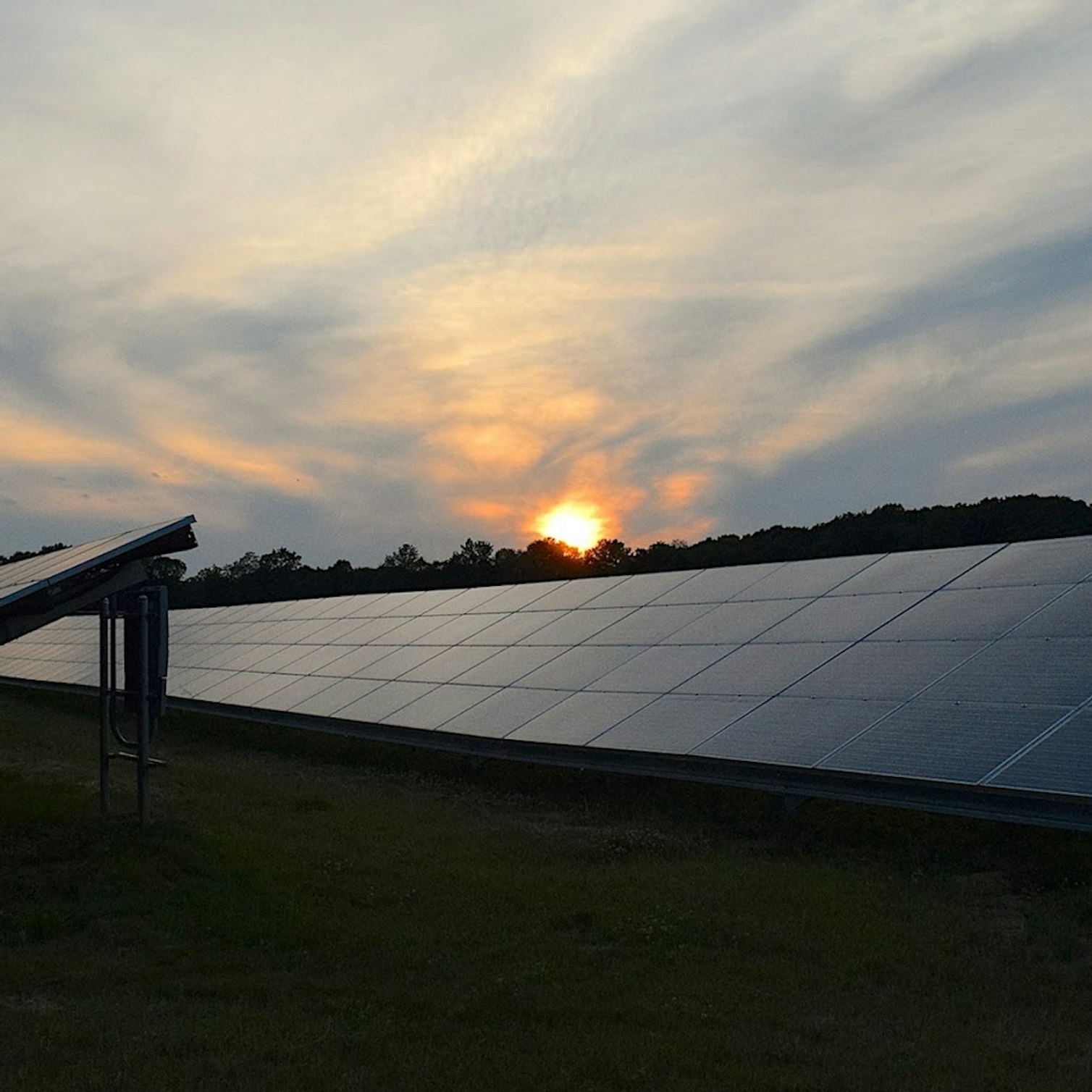
Content
As the penetration of renewable energy in the energy grid increases, concerns over grid integrity are being raised and opponents of the energy transition and industry experts raise their voices in concern. However, are these concerns well-grounded?
According to a study by the Intergovernmental Panel on Climate Change (IPCC), energy consumption at the end of the 21st century is expected to be 2.5 times higher than it is today, with its consequent emissions. Therefore, in order to obtain a reduction in the emission of greenhouse gases of around 20% (assuming that the current pattern of electricity generation is maintained), it would be necessary to generate between 40-50% of the energy from renewable sources.
Having this in mind, given the fact that renewable sources such as solar or wind energy are by nature intermittent, are renewable energy plants able to generate enough electricity to cover the future needs while keeping the grid stabilized?
“It is not a question about if a blackout in some European regions will happen, it is only a question of when it will happen,” “A blackout might happen even in countries with high standards in electricity grid security.”
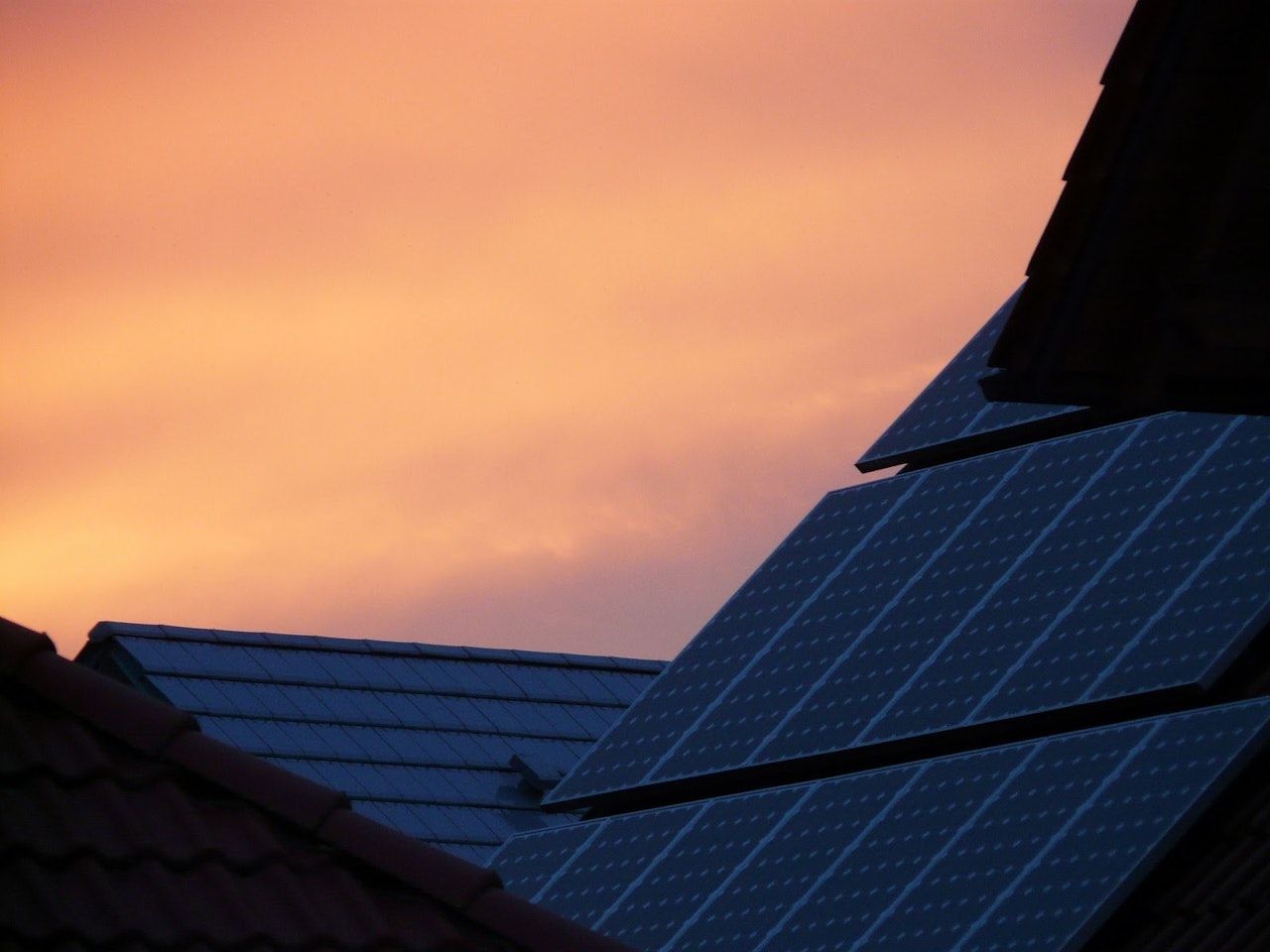
Let’s carefully look into the facts of how the grid is operated, how renewables are being introduced as part of the energy mix and what possibilities are there for a correct adoption of renewable energy as a predominant energy source.
The need for smart energy storage solutions is crucial to solve blakouts. Download our free eBook to find out more about BESS and how it is shaping the future of renewable energy.
Grid Operation
The increase in world energy demand forecasted during the coming years will make it essential to increase electricity generation in parallel. Given the difficulty involved in storing this type of energy, generating the same or a similar amount of energy that is demanded at each moment will be a challenge. Additionally, this increase in generation capacity should be carried out taking into account aspects such as the volatility of the prices of fossil fuels, their impact on the climate through the greenhouse gases they emit, and the importance of the strategic security of their supply.
Traditionally, the electricity market’s expected demand is based on both historical behavior and the planned supply that the electricity generation companies make available to the operator. This expected demand is adjusted in real time to the actual consumption that occurs throughout the day through a combination of different generation resources.
Nowadays, most of the power generated is provided by large thermal and nuclear power plants, which operate at a fixed power level, and the necessary adjustments are made by connecting, disconnecting or varying the power of other generation groups such as hydroelectric stations, thermal power plants or wind and solar plants. Nevertheless, these renewable sources are starting to contribute more and more to our energy mix with countries such as Germany reaching a milestone of 37,5% of their electricity being generated by wind and solar.
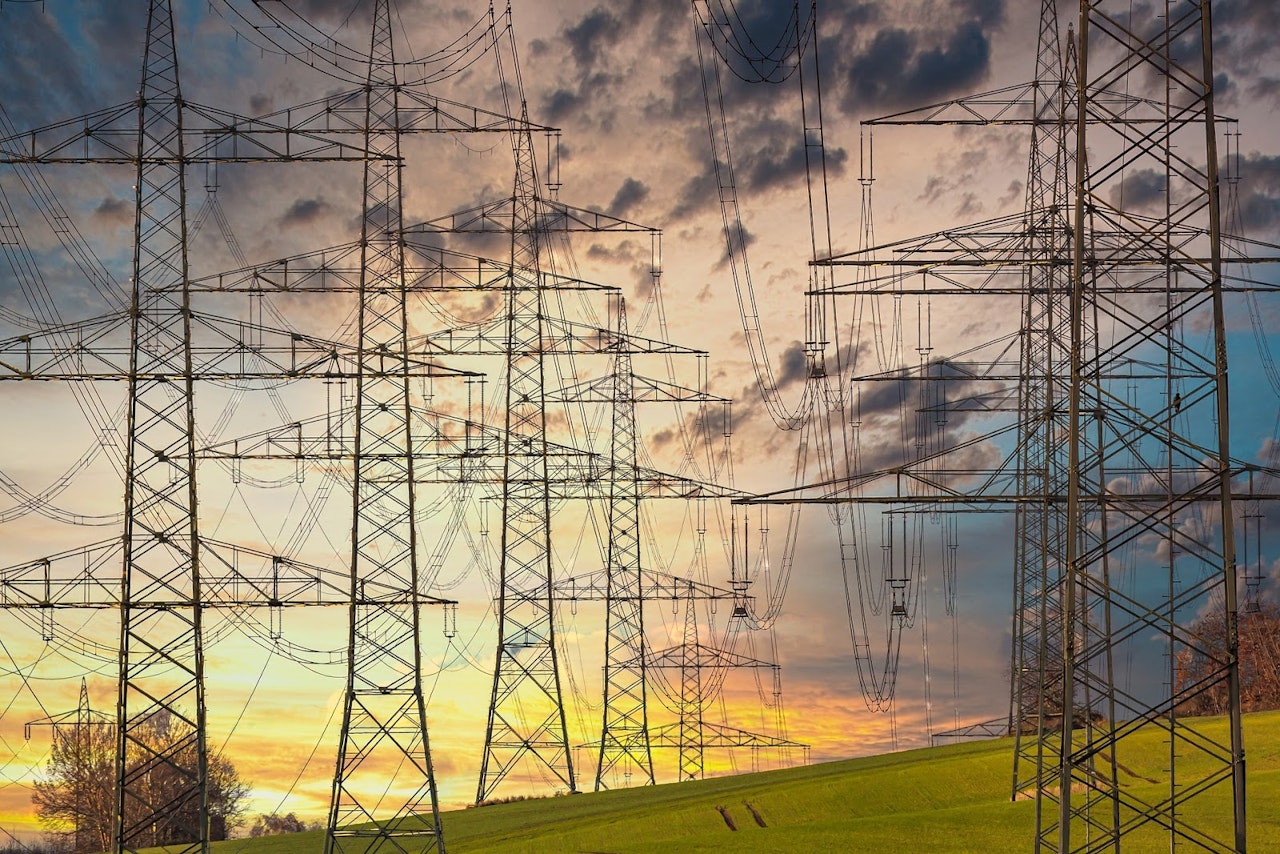
To achieve sustainable development, generation must be progressively covered by renewable and low-emission power plants. However this is not easy, these plants pose a challenge for the electricity grid, since their production is not very adjustable, due to the limited availability of sunlight or wind, since both resources depend on the hours of sunlight and the specific meteorology of the place where they are located.This lack of availability, together with the fact that, for reasons of economic profitability, renewable power plants tend to inject the maximum power into the network, directly affect the adjustment capacity that the network operator has to match instantly.
Renewable boom and implications
Across the globe, countries are stepping up their renewable energy and solar efforts. In 2021, solar is expected to add a record 117GW of PV capacity. Plus, solar photovoltaic (PV) installations are competing on cost with fossil fuel power plants, making them a clear choice for adding new energy capacity.
"There is a myth that says renewable energy produces instability on electrical grids and that we need conventional generation to compensate it,"
Nevertheless, as always, there are different opinions and examples of how renewables have impacted the grid stability.
On the one hand, a successful project that contributes to grid stabilization is the First Solar’s project in Atacama “Luz del Norte”, which was admitted into Chile's ancillary services market in June 2020, making it the first known utility-scale solar power plant to participate in the full range of fast-response grid reliability services.
Additionally, Northern Ireland and the Republic of Ireland together have a target of 40% renewable electricity by 2020 and are on course to achieve it. But concerns over system inertia have led to a cap of 50% of demand on asynchronous, renewable forms of energy generation forcing wind and solar to “waste or dump” the excess of energy generated.
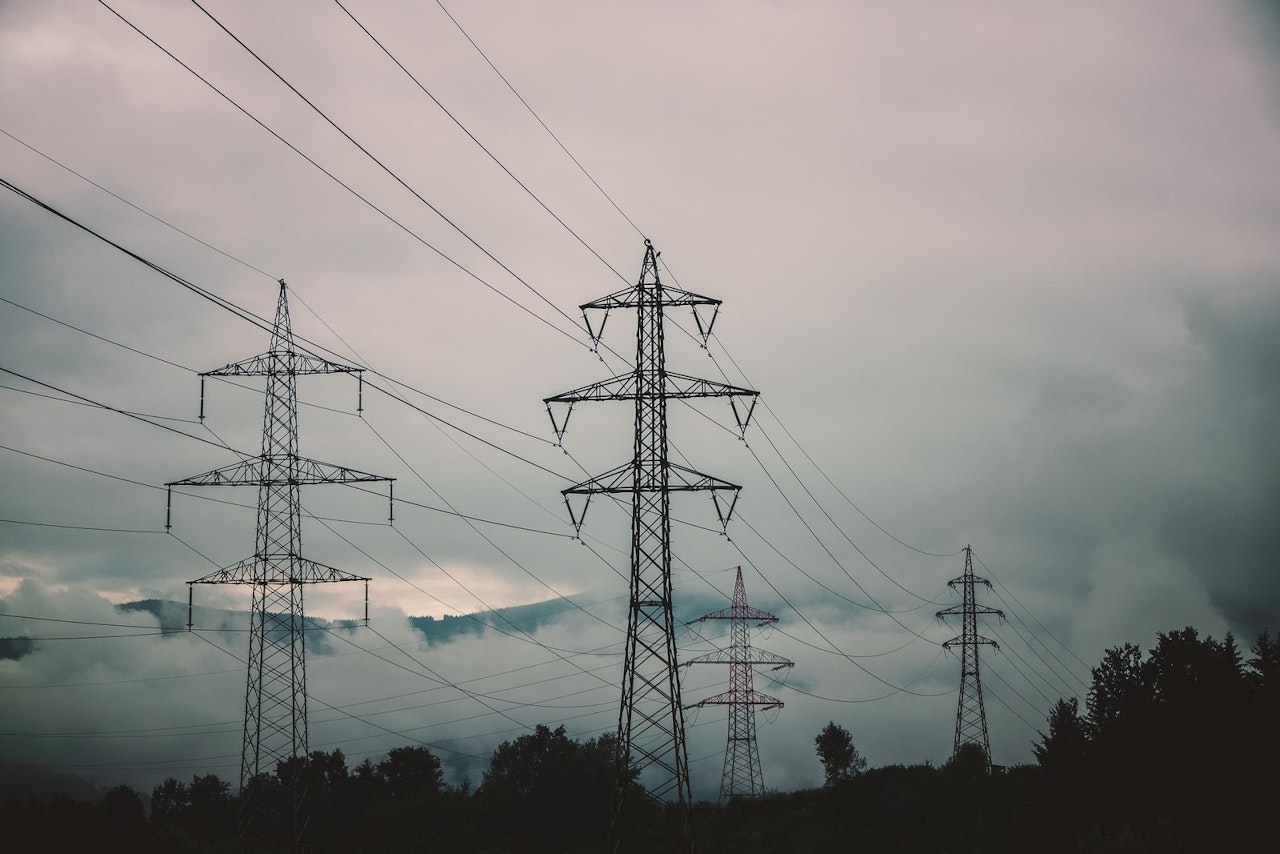
On the other hand, there is evidence that large amounts of intermittent electricity create huge swings in supply which the grid has to be able to cope with. As an example, Australia has had problems in the transition to a cleaner network with wind power being blamed for a blackout in 2016 that cut supply to 850,000 homes. However, this shortage pushed the government to look for alternative methods to stabilize the grid by using batteries. Ultimately, this pushed the nation to become the first country to install a 100 megawatt mega battery in 2017 and relay in storage as a solution.
Stabilizers and workarounds for grid efficacy
To overcome the different challenges that renewables might bring for grid stability, some governments have now begun to introduce legislative measures to incentivise the generation of energy from renewable resources, while also favoring more stable electricity generation.
For example, in Spain there is an additional incentive for the company that produces renewable electricity if it is able to guarantee the continuity of supply in the face of voltage dips. Similarly in Australia, projects with a battery solution or synchronous condensers, will be prioritized to get connected to the National Electricity Market.
As a result, generation companies are now more regularly seeking solutions in order to smooth out all fluctuations and disturbances associated with the production of renewable energy. Some examples of solutions for grid stabilization by renewable energies include:
Traditional lithium storage batteries
Pumping of water to areas with greater energy potential in moments of excess energy supply in the network
Use of synchronous condensers (also called a synchronous capacitor or synchronous compensator)
Reusing the excess of generation capacity for other processes such as green hydrogen

On another note, NREL scientists believe in “the hybrid hope” that by combining wind and solar generation with energy storage, or even in combination with hydro power storage in some cases, renewable energy systems can more closely mirror the behavior of conventional power plants.
At NREL's Flatirons Campus, researchers effectively manage NREL's own hybrid power plant. The campus contains multiple megawatts of wind turbines, solar photovoltaic arrays, and battery storage systems, as well as other generation technologies connected to 2.5-MW and 5-MW dynamometers, all of which operate behind a controllable grid interface that researchers use to simulate normal and extreme conditions that can be present on the larger grid.
In that environment, which will soon incorporate an even greater mix of research assets like hydrogen electrolyzers and electric vehicle charging stations, NREL can validate stability controls under the most severe events facing IBR-dominant systems.
Undoubtedly there are many pathways in varying degrees of development aimed to contribute to grid stabilization. The combination of a legislative push by governments with an adequate policy to promote research and technological innovation will make it possible to fulfill a double objective: to ensure the strategic supply of energy and to contribute to guaranteeing its continuity for future generations. Both things will undoubtedly have a positive effect on the economies of the countries and will contribute to the well-being of their population.
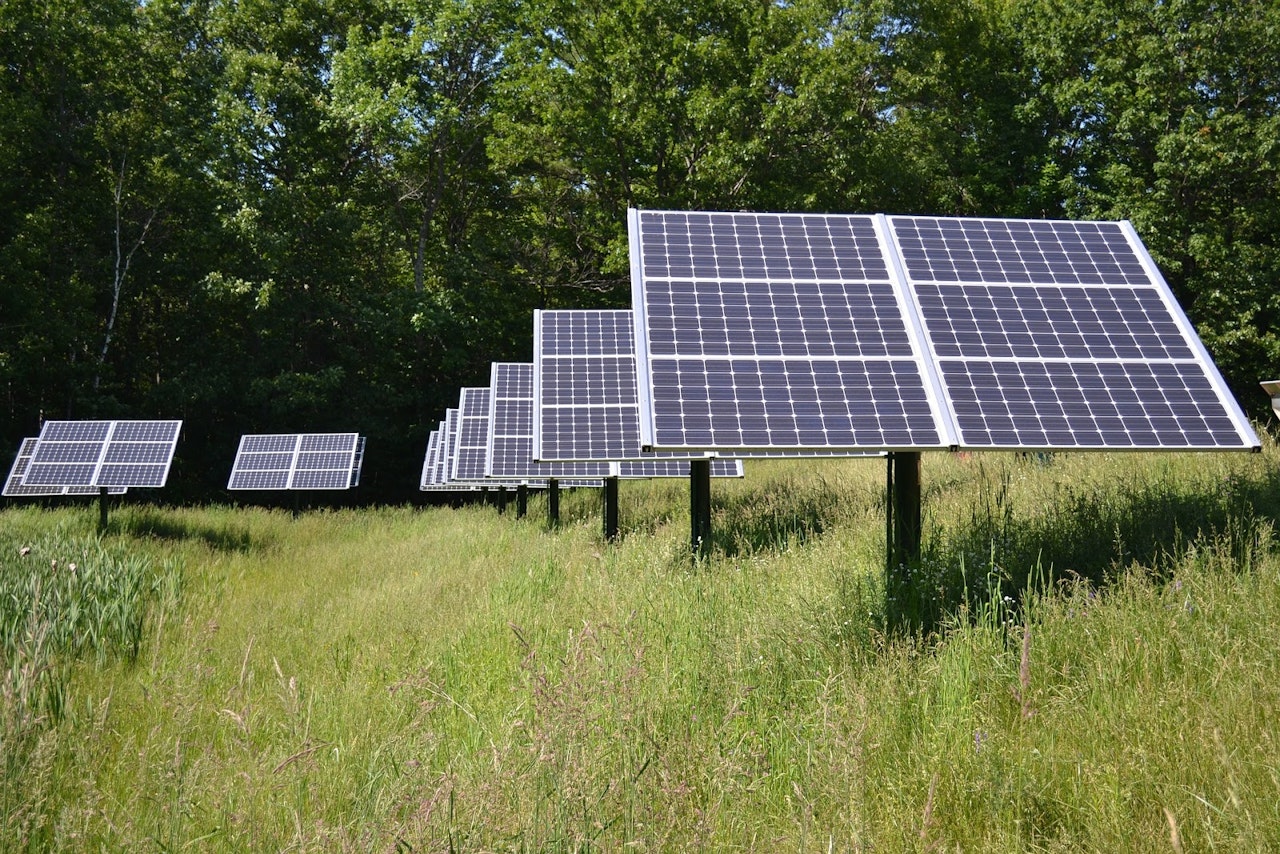
Takeaways
“The problem isn’t posed by growing green electricity directly but by shrinking conventional capacity”
As explained above, NREL studies are confirming in the field and on live power systems that solar, wind, and hybrid power plants can provide their own source of grid stability—potentially unlike anything currently on the grid.
Capping off with a highlight of systems where variable renewable energy has provided grid-friendly support, NREL studies have shown that variable power is not necessarily leading to an unstable power system. In fact, NREL is finding that the right mix of renewables and controls creates a new, uniquely capable type of power plant.
Renewables don’t have to cause blackouts. Germany generated 37.5% of its electricity last year from wind and solar and didn’t suffer from a decline in electricity reliability. The biggest producer of green electricity in Europe, Germany, is culling a quarter of coal and nuclear capacity next year, a gap it will need to plug. Their strategy is to rely more on its neighbors, importing power along huge cables. This could be extended as well in other markets.
Overall, what we need in order to safely address the energy transition is market mechanisms that incentivize renewable power plants while incentivizing as well stabilization solutions such as NREL’s system or other innovative solutions such as hydrogen generation as a storage solution.
If you are interested in learning more about key trends of the renewable energy market we encourage you to download our “Renewable Energy and Solar Research Report: What’s in store for 2023”
Latest stories
Related posts
Technology and engineering
Outsmarting congestion: How efficient solar design helps navigate Nordic grid limits
Learn how Nordic operators and solar developers are adjusting to tighter grid conditions and how policy and design decisions are keeping projects on track.
Updated 16 DEC, 25

Technology and engineering
The rise of ultra-thin perovskite solar cells
Learn about Japan’s $1.5B initiative to commercialize ultra-thin, flexible perovskite solar cells and how it could transform the solar landscape globally.
Updated 30 SEP, 25

Technology and engineering
The green hydrogen boom in LatAm
Latin America is emerging as a green hydrogen leader. Learn how LatAm countries are leveraging solar and wind power to drive green hydrogen production.
Updated 22 JUL, 25

- RatedPower
- Solar energy blog
- Why are renewables being blamed for energy blackouts?
 Watch a demo
Watch a demo Ask our AI Product Expert
Ask our AI Product Expert
